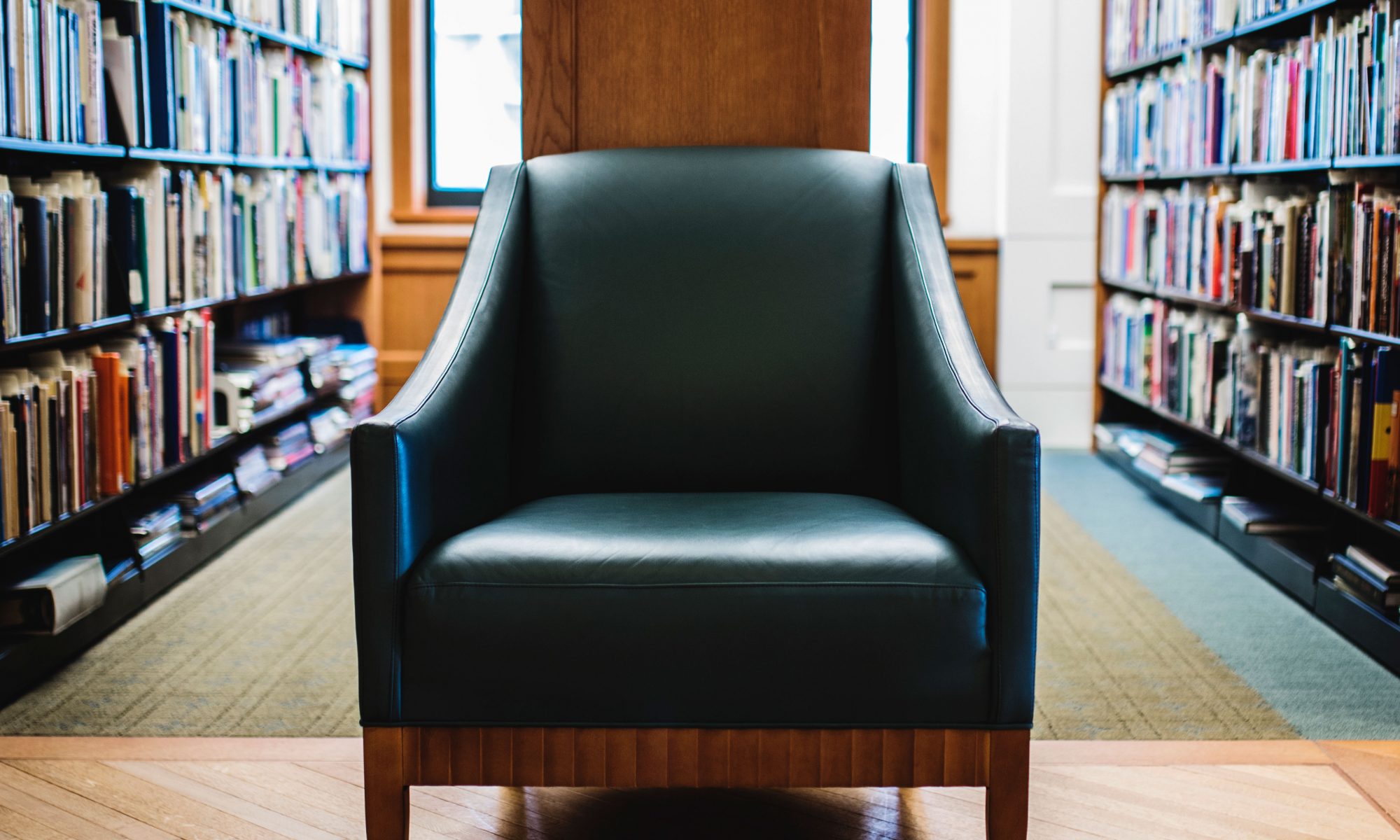CHICAGO—The annual list of Best Historical materials was announced by the Reference and User Services Association (RUSA) Book and Media Awards Ceremony at the American Library Association’s Midwinter Meeting.
The list, in its eleventh year, recognizes the evaluation and effectiveness in coverage of historical resources in all fields of history. Published in Reference and User Services Quarterly (RUSQ), these sources are selected by a committee that seeks to improve the usefulness of bibliographies and indexes in the field of history and shared among bibliographers, indexers, publishers and professional associations.
The list includes:
Europeana 1914-1918
www.europeana1914-1918.eu/en
Europeana 1914-1918 – Untold Stories & Official Histories of WW1 offers the culmination of “three years of work by 20 European countries,” including 400,000 rare documents, 660 hours of film, and 90,000 personal papers. An excellent, diverse collection of World War I materials, Europeana 1914-1918 offers significant content with the promise of continued growth.
Mapping Gothic France
http://mappinggothic.org
The Mapping Gothic France project is a collaboration between the Media Center for Art History in the Department of Art History and Archeology at Columbia University, the Visual Resources Library at Vassar College, and the Columbia University Libraries. It attempts to depict Gothic space via an online, interactive 3D experience, and create links between the “architectural space of individual buildings, geo-political space, and the “social space of the interaction (collaboration and conflict) between builders and users.”
1914-1918 Online: International Encyclopedia of the First World War
http://www.1914-1918-online.net/
1914-1918 Online is an “English-language virtual reference work on the First World War” that claims more than one thousand participants from over fifty countries. An informative and objective site with wide appeal, this is a welcome reference source on World War I.
Lowcountry Digital History Initiative
http://ldhi.library.cofc.edu/
The Lowcountry Digital History Initiative is a digital public history project that consists of a series of high-quality online exhibitions folded into scholarly contextual narratives. Across all exhibitions, there is prominent emphasis on exploring underrepresented histories of race, class, gender, and labor within the Lowcountry region. In its production, the site is an excellent model for the collaboration and outreach opportunities afforded by digital history while in its presentation the site shows excellent potential for learning and teaching at multiple levels.
Darwin Online
http://darwin-online.org.uk/
Darwin Online brings together in one place Charles Darwin’s complete publications, private papers, and manuscripts, along with reviews of his works and works about him. With the recent completion of the Beagle library project (2012-14) one can see on Darwin Online what works Darwin could not do without on his voyage. A must for anyone studying Darwin or evolutionary biology, or whose imagination is captured by the idea of the Beagle’s voyage, Darwin Online is an enjoyable journey into Darwin’s work.
Freedom Summer Digital Collection
http://content.wisconsinhistory.org/cdm/landingpage/collection/p15932coll2
This collection contains over one hundred digitized manuscript collections on the Mississippi Freedom Summer Project of 1964. The 25,000 pages available online contain official records, personal papers, memos, letters, diaries, newsletters, pamphlets, brochures, press releases, and magazine and newspaper articles. The Freedom Summer Digital Collection is a valuable contribution to the history of civil rights.
Densho Digital Repository
http://ddr.densho.org/
The Densho Digital Repository contains historic photographs, documents, newspaper articles, letters, and other primary sources documenting Japanese-American life before, during, and after World War II. Pre-war photographs focus on immigration to the United States and aspects of Japanese-American life, while WWII-era materials center on what life was like in various internment camps throughout the (mostly) Western United States and post-WWII collections focus on the late 20th century (1990s onward) pictures of Japanese Americans attending reunions, visiting internment camp historic sites, or giving interviews of their experiences in the camps during the war.
The Roaring Twenties
http://vectorsdev.usc.edu/NYCsound/777b.html
The Roaring Twenties: An interactive exploration of the historical soundscape of New York City provides visitors with an intriguing interactive experience about the urban soundscape and human responses to industrial, human, and transportation noise from January to June 1930. Supporting features such as complaints, documents, official responses, articles from the New York Times, newsreels, laws, and Noise Abatement Commission (NYC) responses provide context to the historic view of the soundscape. The Roaring Twenties provides historians, students of history and the public with an innovative way to study comparative points of view for nuisance and human response.
The Best Historical Materials selection committee consists of Matthew J. Wayman, Penn State Schuylkill, Chair; Brooke A. Becker, University of Alabama at Birmingham; Martin Firestein, Harper College; Susan L. Malbin, American Jewish Historical Society; Sue A. McFadden, Indiana University East; William M. Modrow, Florida State University; Kathleen M. Monti, Harrisburg Area Community College; Alexa L. Pearce, University of Michigan; Paul Victor, Jr., Eastern Washington University; Agnes H. Widder, Michigan State University; and Mary Wilke, Center for Research Libraries.
